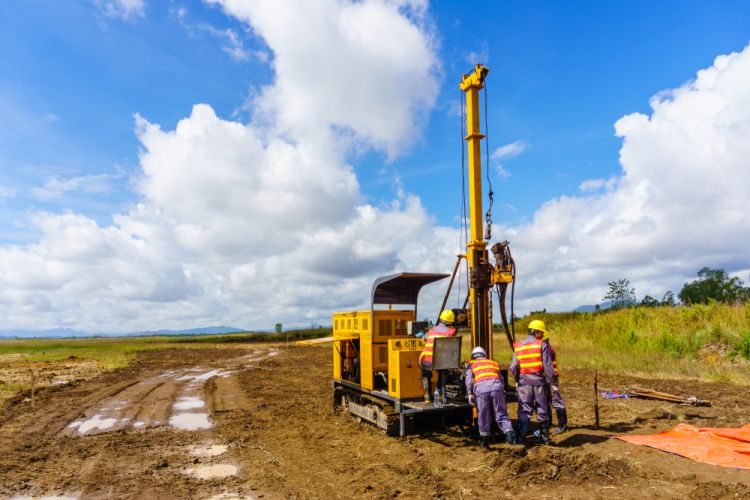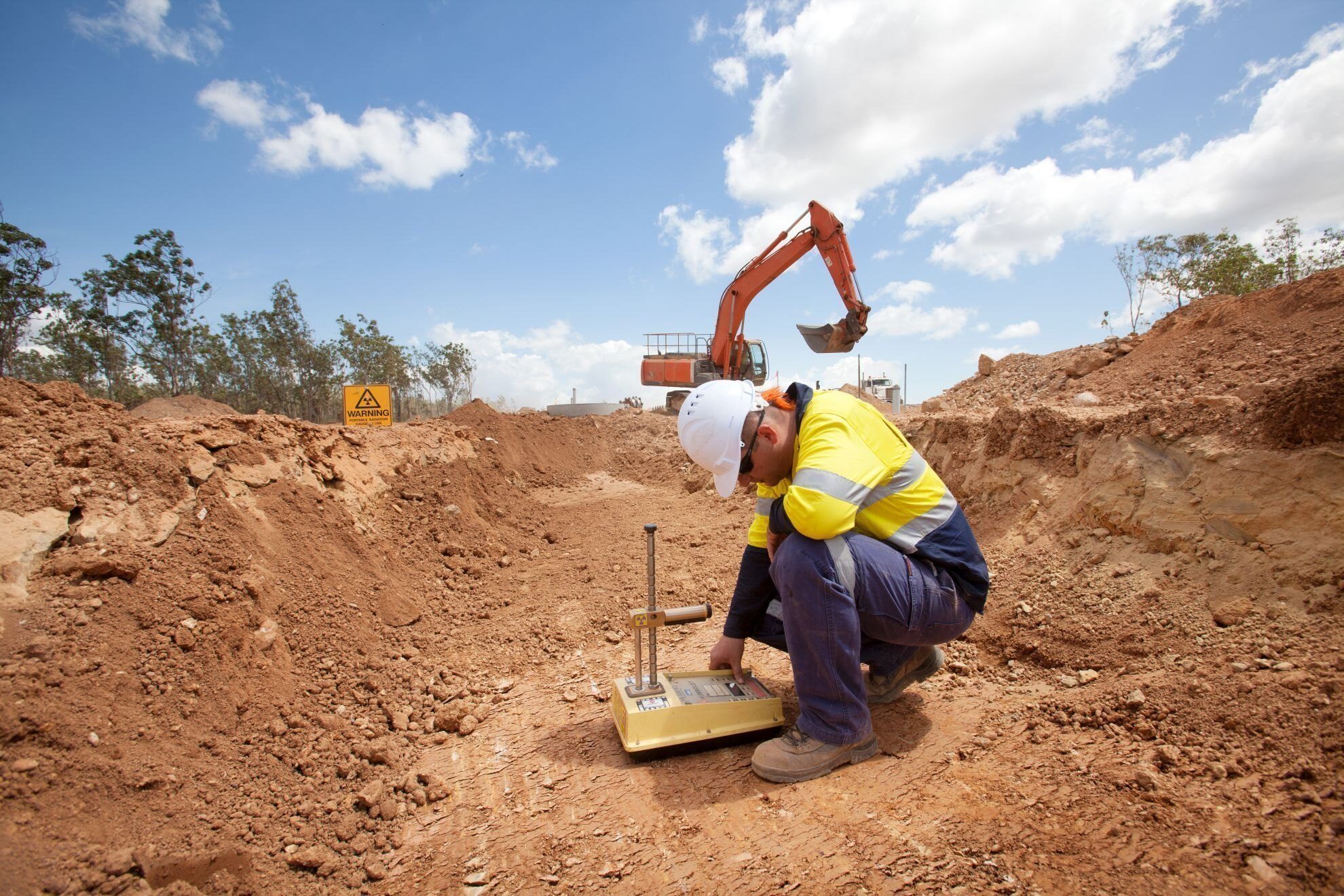Some Of Geotechnical Engineering For Construction Projects
How Geotechnical Engineering For Construction Projects can Save You Time, Stress, and Money.
Table of ContentsHow Geotechnical Engineering For Construction Projects can Save You Time, Stress, and Money.What Does Geotechnical Engineering For Construction Projects Do?Getting The Geotechnical Engineering For Construction Projects To WorkSome Known Factual Statements About Geotechnical Engineering For Construction Projects Excitement About Geotechnical Engineering For Construction ProjectsWhat Does Geotechnical Engineering For Construction Projects Do?The Geotechnical Engineering For Construction Projects Ideas
Concepts and Practice of Ground Improvement. Ground Renovation Principles And Applications In Asia. Design evaluation in rock technicians.Cengage Learning, Stamford, 666 p. Atkinson, J., 2007. The auto mechanics of dirts and structures. The Observational Technique in ground design concepts and applications.
The Main Principles Of Geotechnical Engineering For Construction Projects
Research laboratory and area screening plays a vital duty in this process. By removing examples from the earth's subsurface and applying a suite of examinations, geotechnical engineers can predict the behaviour of dirt layers and evaluate their suitability for various building efforts. The essence of geotechnical design in civil design can not be overstated, attributable to numerous elements: The first action in any kind of geotechnical research study includes determining the soil type at the building website.
Comprehending these qualities makes certain that just appropriate dirt types are picked for the advancement, thus averting potential architectural failings. The structure works as the bedrock of any type of construction project. Choosing the proper foundation type is a choice that rests on the extensive analysis offered by geotechnical engineering. This makes sure the durability and stability of frameworks by suiting the lots they will certainly bear.

Geotechnical site investigation is an important action in the preparation and implementation of any type of building and construction project. It involves the collection and analysis of data associated to the physical properties of soil and rock under a suggested building site. This info is crucial for the layout and construction of safe, stable, and lasting frameworks.
Geotechnical Engineering For Construction Projects for Beginners
In this blog site, we will certainly dive right into the value of geotechnical site investigation, its different components, and how it benefits building projects. Geotechnical site examination, also called subsurface expedition, involves a collection of activities intended at identifying the soil, rock, and groundwater conditions at a construction site. The key goals are to identify prospective geotechnical risks, analyze the design properties of subsurface products, and provide recommendations for the layout and building of structures, maintaining wall surfaces, and various other frameworks.
The workdesk research study helps in recognizing possible geotechnical issues and preparing the subsequent fieldwork. This entails observing the topography, drain patterns, existing structures, greenery, and any kind of indicators of instability or erosion.
How Geotechnical Engineering For Construction Projects can Save You Time, Stress, and Money.
Superficial test pits are excavated to directly observe and example the soil and rock. This technique serves for examining the top layers of the subsurface and recognizing near-surface risks. Non-invasive geophysical techniques, such as seismic refraction, ground-penetrating radar (GPR), and electrical resistivity tomography (ERT), are made use of to map subsurface problems and find anomalies.
Soil and rock samples accumulated throughout the field examination are subjected to research laboratory screening to determine their physical and mechanical residential or commercial properties. These examinations give essential information for geotechnical analysis and style.
The primary benefit of geotechnical website investigation is guaranteeing the safety and security of frameworks. By comprehending the subsurface problems, engineers can design structures and other structural aspects that can withstand the lots and ecological forces they will go through. This lessens the risk of settlement, decrease, and structural failure.
The Buzz on Geotechnical Engineering For Construction Projects
As an example, understanding soil qualities can lead the choice of excavation methods, dewatering approaches, and ground enhancement procedures. This makes certain efficient and risk-free construction techniques. Geotechnical site investigations are often needed by constructing codes and laws. Sticking to these requirements guarantees conformity with legal and safety criteria, avoiding possible lawful obligations Check Out Your URL and job hold-ups.
This info is very useful for project supervisors, architects, and contractors in developing realistic routines, spending plans, and contingency plans. Geotechnical Engineering for Construction Projects. High-Rise Building in a Coastal AreaIn a coastal city, a skyscraper domestic building was intended on a site with presumed loosened sand deposits and a high water table. An in-depth geotechnical examination, consisting of borehole exploration, CPT, and geophysical surveys, was conducted
Getting The Geotechnical Engineering For Construction Projects To Work
Based on these findings, the structure style was customized to consist of deep stack foundations prolonging right into secure strata, and ground enhancement techniques, such as vibro-compaction, were carried out to mitigate liquefaction threats. This proactive technique made sure the security and security of the building while preventing expensive post-construction remediation. Infrastructure Development on a Sloping TerrainA major facilities project, entailing the construction basics of a highway and bridges, was intended on a hilly surface with steep slopes.

The Leaning Tower of Pisa (Italy), an iconic building wonder, is infamous for its unintended tilt from substantial geotechnical concerns. The tower's foundation was inadequately created to manage the soft, unpredictable dirt beneath it, bring about uneven negotiation and its distinctive lean. Our globe is dotted with excellent facilities projectsfrom towering skyscrapers to sprawling bridgesall standing statement to the evolution of the different construction devices and approaches available.
Geotechnical design is a customized area within civil engineering that focuses on researching the actions of earth materials. This branch dives deep right into the groundinvestigating how the dirt, rock, and groundwater at a construction site can influenceand be influenced bythe facilities that we put up on and right into them. Prior to a single block is laid or a concrete foundation put, geotechnical designers probe right into the earthgathering crucial data concerning the website's dirt composition, rock framework, and groundwater levels.
The Greatest Guide To Geotechnical Engineering For Construction Projects

is a tool used to assess the honesty and load-bearing capability of heaps throughout installment, leveraging the concept of wave propagation. It optimizes building performance by supplying real-time analyses, therefore making certain secure and reliable stack foundations. One of the functional applications of geotechnical design entails choosing and performing the right techniques for foundation building.
Pile driving represents even more than the plain act of placing architectural aspects into look at more info the ground. On the other hand, it is a thoroughly coordinated process of moving a framework's load past the much less secure dirt layers better to the surfacedown to the extra significant strata that lie under. When it comes to heap driving, think about just how geotechnical designers adeptly use this method to evenly disperse the structure's weight.